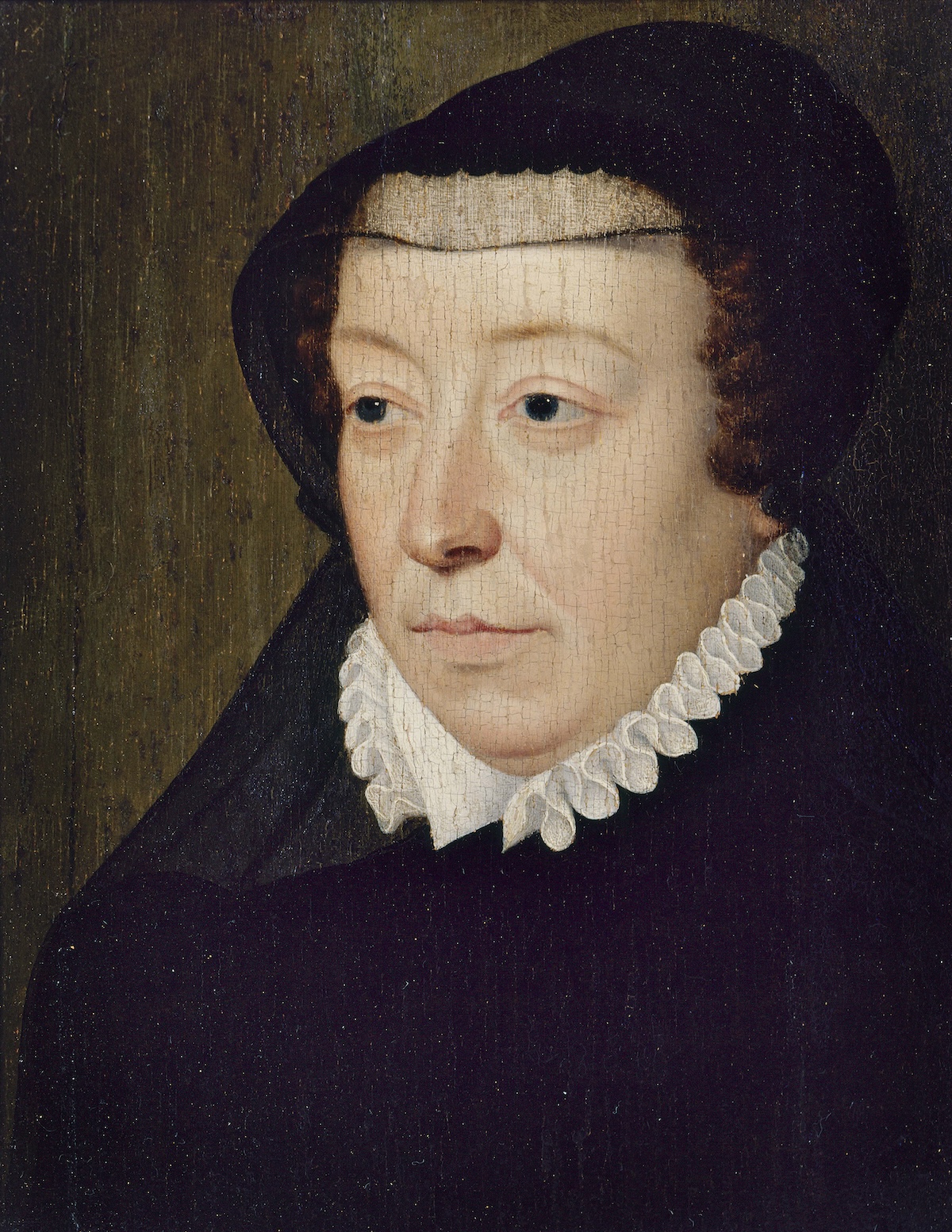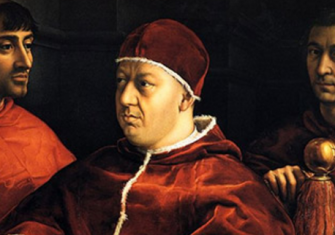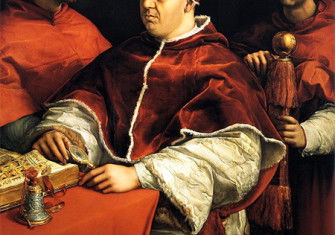‘Catherine de’ Medici’ by Mary Hollingsworth review
In Catherine de’ Medici: The Life and Times of the Serpent Queen, Mary Hollingsworth helps the pragmatic queen escape her ‘black legend’.

In early 1579 the 25-year-old Henri de Bourbon, king of Navarre and future king of France, was in talks with a seasoned negotiator. It was neither a government minister nor a monarch, but the French king’s mother and Navarre’s own mother-in-law: Catherine de’ Medici. A dowager queen some 60 years old, Catherine had been consort to Henri II, after whose sudden demise in 1559 she was pushed aside by the powerful Guise brothers (duke and cardinal), who briefly governed France on behalf of her teenage son François II. But François’ unexpected death in 1560 returned Catherine to prominence. As regent for Charles IX, her second son, and then adviser to his brother and successor Henri III, she worked with – and frequently in place of – her young, sickly and sometimes negligent children. In early 1579 it was Henri III who had entrusted Catherine to broker peace in the south of France, where many were failing to observe a royal edict aimed at ending war between Protestants and Catholics, a situation which threatened not only violence but also the authority of the Crown. Worse still, the Protestant Navarre, governor in the region, was at loggerheads with his Catholic lieutenant-general, the Baron of Biron. To break the deadlock, Catherine delayed and dragged out meetings; on one day she denied the negotiators a break for food. While presiding over the talks the dowager queen maintained a constant correspondence with the royal court, soliciting news from trusted ministers and secretaries and relaying details of her own progress. Taking a shrewd line on the information that should be passed on to the sovereign, Catherine advised one secretary: ‘If it is bad throw it on the fire; if it is good show it to the king.’
Catherine de’ Medici was not necessarily destined for a position of great influence. Though a member of a cadet branch of the Medici family, and the relative and ward of two popes, she was orphaned within a month of her birth in 1519 and raised quietly by relatives and nuns. Before she had reached her eighth birthday, the Medici had been overthrown as rulers of Florence and the authority of her papal uncles, Leo X and then Clement VII, gravely threatened, as Martin Luther’s protests catalysed the rejection of papal authority across Europe. Catherine’s prospects improved in 1533 when she married the future Henri II, but her influence was dwarfed by that of Diane de Poitiers, the mistress to whom Henri would devote himself. The king’s position was far from stable: he inherited a bellicose rivalry with the Habsburgs who had extended their influence across the continent (and globe) during the reign of Holy Roman Emperor Charles V. A lasting peace with the Habsburgs would not arrive until the eve of Henri’s death. Moreover, while these Catholic princes fought among themselves their subjects clashed with increasing ferocity, as Protestants inspired by men such as Luther and John Calvin fought for religious liberty and the right to worship, while Catholics sought to exterminate the heresies of these so-called ‘reformers’.
Mary Hollingsworth’s biography weaves Catherine’s life into this continental story. This is an intimate picture of a queen, wife and mother seeking to bolster royal authority, protect her children and secure peace within a divided and corrupt – if highly cultured – court. Hollingsworth presents Catherine as an astute figure who promoted tolerance and compromise in the face of zealotry and fear. In doing so, she adds her voice to those who have already defended Catherine from the ‘Black Legend’ that has long surrounded her name, and which has characterised her variously as the ‘Serpent of Paris’ and ‘the maggot from Italy’s tomb’.
As this final epithet suggests, much prejudice towards Catherine was rooted in anti-Italian sentiment. Many in France saw her as the heir of a morally and politically bankrupt culture. Sometimes it was Catholics who denounced her, as she attempted to strengthen her family, and France, by negotiating marriages between her children and powerful Protestants such as Navarre and Elizabeth I of England. The most enduring condemnations came after the murder of around 10,000 Protestants during the St Bartholomew’s Day Massacre of 1572. Catherine and her son, Charles IX, had promoted a policy of tolerance in the hope of maintaining peace. In summer 1572 Charles was even on the cusp of being persuaded to send royal troops to the Low Countries to aid Dutch rebels against the Spanish crown – a plan masterminded by the Protestant military leader Gaspard de Coligny. But a failed attempt to assassinate Coligny and the marriage of Catherine’s daughter to the Protestant Henri of Navarre escalated tensions in Paris, while the king’s inner circle appears to have become convinced of the need of violence to suppress a Protestant plot to kidnap the royal family. In the massacre’s aftermath Catherine was congratulated by her son-in-law, Philip II, who declared it ‘one of the greatest joys of my entire life’. Catherine’s own reaction depended on her audience: to Catholics she described the dead as ‘rebels to God’. To Protestants she emphasised their political treachery, having aimed to establish ‘a second king’ in France.
After a Dominican friar assassinated her only remaining son, the childless Henri III, in 1589, the French crown passed (with more bloodshed) to Henri of Navarre. In 1593 Navarre converted to Catholicism to secure his royal authority – a triumphant strategy which, according to Hollingsworth, owed much to Catherine’s own promotion of compromise. Pragmatism shaped the early modern period more than many traditional narratives suggest: Pope Gregory XIII refrained from supporting Philip II’s efforts to prevent Protestants from inheriting the French throne because of his own fear of growing Habsburg dominance in Europe. Catherine has been decried for prioritising the strength of France over a myopic devotion to the Catholic cause, but even popes had to weigh up the pursuit of ideological purity against its political ramifications.
-
Catherine de’ Medici: The Life and Times of the Serpent Queen
Mary Hollingsworth
Apollo, 480pp, £30
Buy from bookshop.org (affiliate link)
Jessica Wärnberg is author of City of Echoes: A New History of Rome, its Popes and its People (Icon, 2023).






